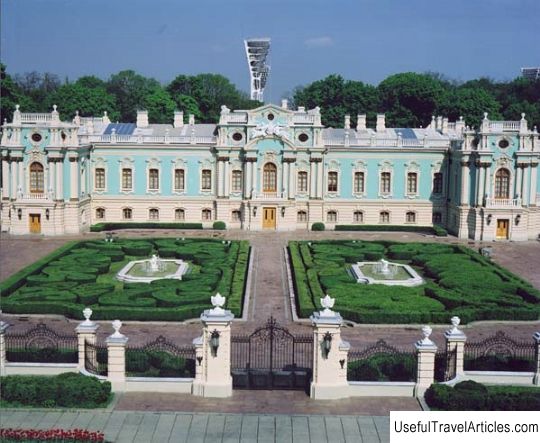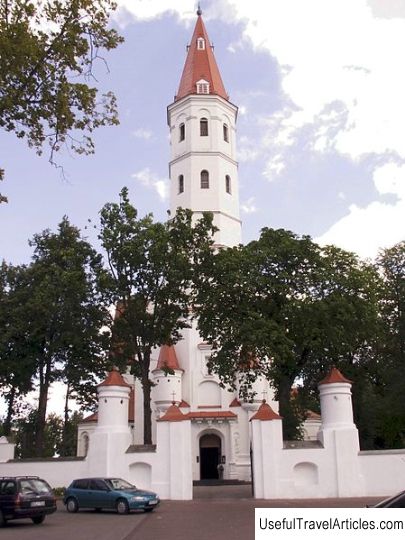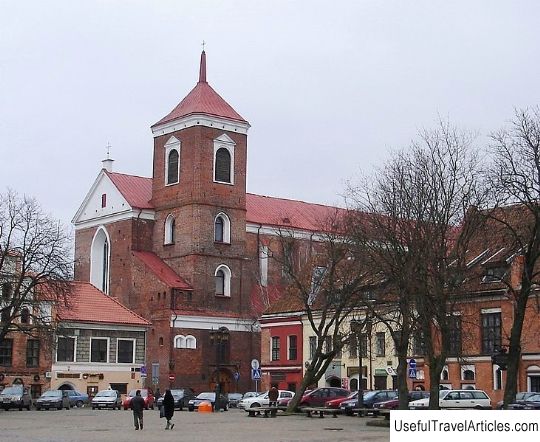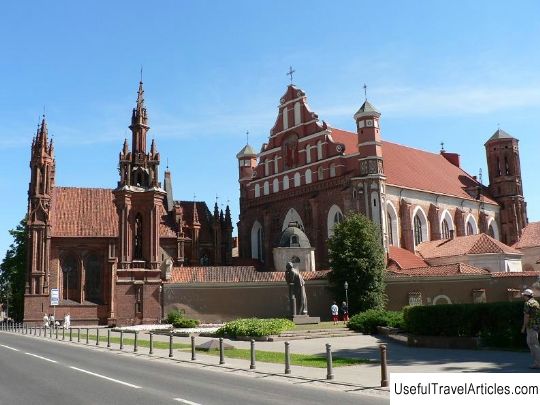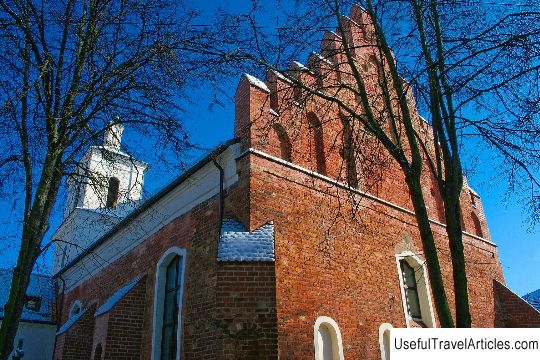Cathedral of Saints Stanislav and Vladislav (Svento Stanislovo ir Svento Vladislovo arkikatedra bazilika) description and photos - Lithuania: Vilnius
Rating: 8,8/10 (6895 votes) 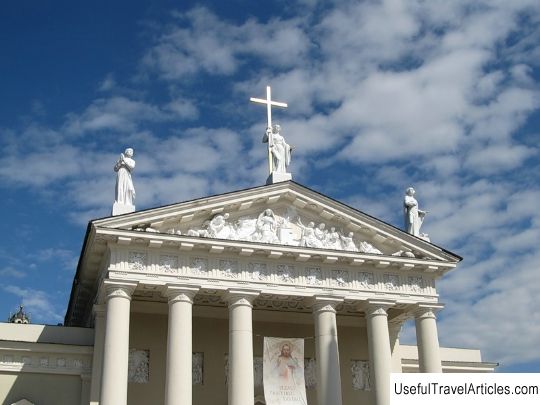
Cathedral of Saints Stanislav and Vladislav (Svento Stanislovo ir Svento Vladislovo arkikatedra bazilika) description and photos - Lithuania: Vilnius. Detailed information about the attraction. Description, photographs and a map showing the nearest significant objects. The name in English is Svento Stanislovo ir Svento Vladislovo arkikatedra bazilika. Photo and descriptionThe history of the Cathedral Basilica of Saints Stanislav and Vladislav dates back to the 13th century. Initially, the temple stood at the foot of the Castle Hill and presumably bore the name of the Mindaugas Cathedral. There is a very interesting theory according to which after the death of Mindaugas the temple was turned into a pagan temple. Then the temple was destroyed, and later, again reconstructed by the Grand Duke Yagaila. The new building of the temple was built in the then popular Gothic style, the thickness of its walls was 1.4 meters. The cathedral of Jagaila, however, also had a difficult fate. It burned down in a fire, but after a while it was rebuilt by Prince Vytautas, this time the temple was entirely made of stone. 100 years after its construction, the Cathedral needed repairs, and it was decided to completely rebuild it. In 1552, under the leadership of the talented architect Annus, reconstruction work began, but it was not destined to complete them. The building was again destroyed by fire in a fire in 1530. And this was not the last time that the cathedral suffered from fire. The next reconstruction of the cathedral began in 1534. This time, the project was supervised by the architect Bernardo Zanobi, who was invited from Rome. However, again it was not destined to bring the matter to completion. Another fire in 1539 again reduced the still unfinished cathedral to ashes. However, by 1545 the vaults of the temple were erected under the strict guidance of the architect Giovanni Zini. The new cathedral was built in the architectural style of the Renaissance and was completed by 1557, but the fire of 1610 again turned many years of work to ashes. The next work on the restoration of the cathedral dragged on for more than 20 years. After the fire, the next reconstruction of the cathedral began, together with him they erected the chapel of St. Casimir, in which the relics of the canonized holy elder were later buried. However, another fire in 1639 destroyed the cathedral again, which was soon rebuilt. In the period from 1655 to 1660, Vilnius was occupied by Russian troops, and the temple was subjected to destruction and looting. All the years that Vilnius was under the rule of Russian troops, the temple did not function. Since 1666, after the end of active hostilities, the restoration of the temple began under the leadership of the famous Italian architect, who revived the temple in the Baroque style. A century later, the temple was reconstructed again, but in 1769 its southern tower collapsed, which again caused the need to reconstruct it. From 1777 to 1792 the temple was closed for reconstruction, which was carried out according to the project of Laurinas Gucevicius. Upon completion of the reconstruction, the temple acquired a classical style. This is how it can be seen today. In 1921, the cathedral was given the title of Basilica by Pope Benedict II. However, a difficult fate prepared the cathedral and a trial by water. The strongest flood of 1932 flooded the basements of the temple, which necessitated major repairs. In 1949, the Cathedral was closed. Subsequently, he was subjected to another plunder, and in 1956, the Art Gallery began to operate in the church and the old organ was restored. In 1981, the interior of the church was restored, paintings and church utensils were returned. On February 5, 1989, the cathedral was consecrated and returned to believers. Today it is the most important Catholic church in the country. Honored political and religious figures of the Grand Duchy of Lithuania are buried in the dungeons of the cathedral. The cathedral is open to visitors every day, in addition, you can visit the masses held in the temple.            We also recommend reading Peterhof - an ensemble of palaces and parks description and photos - Russia - St. Petersburg: Peterhof Topic: Cathedral of Saints Stanislav and Vladislav (Svento Stanislovo ir Svento Vladislovo arkikatedra bazilika) description and photos - Lithuania: Vilnius. |
